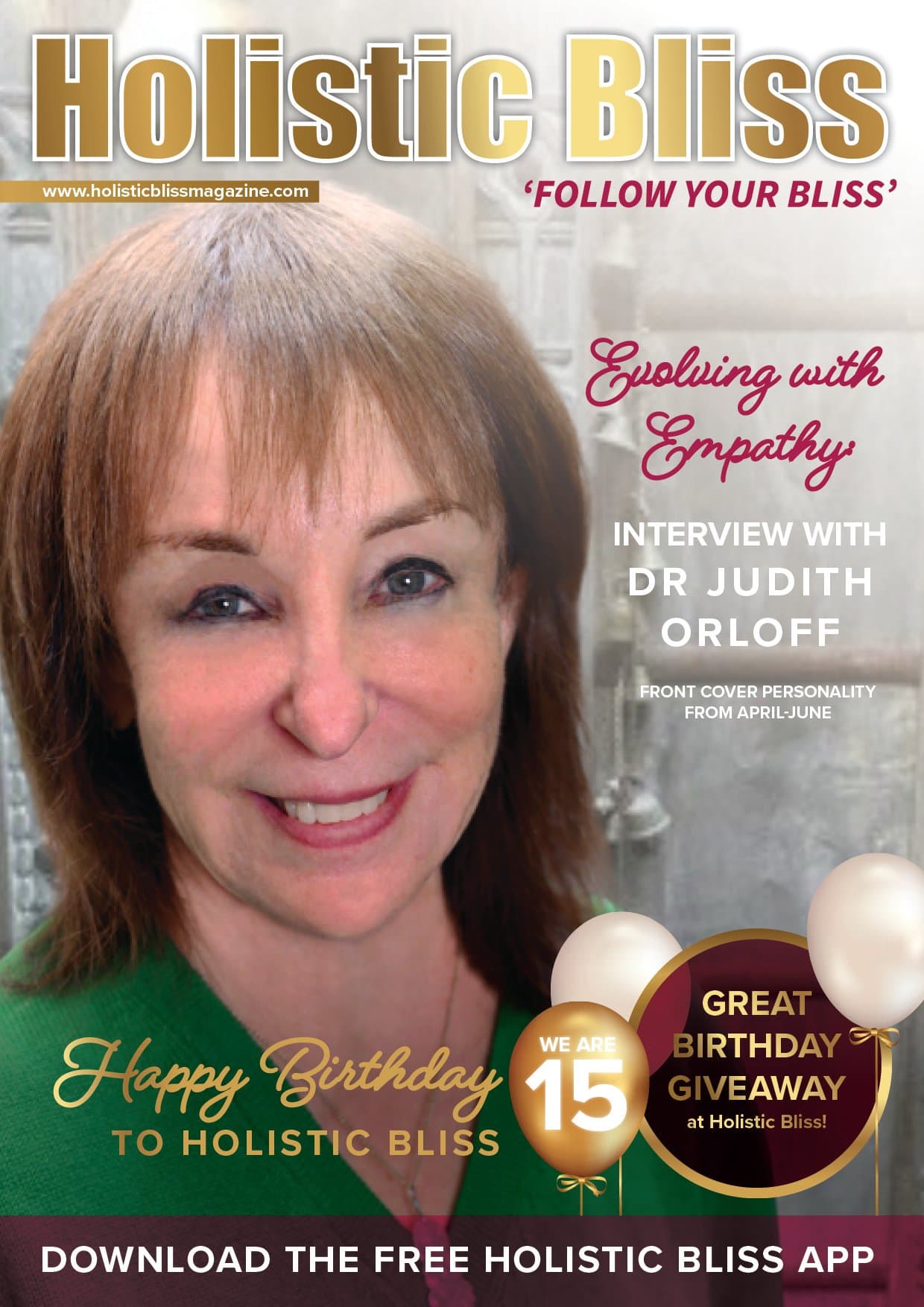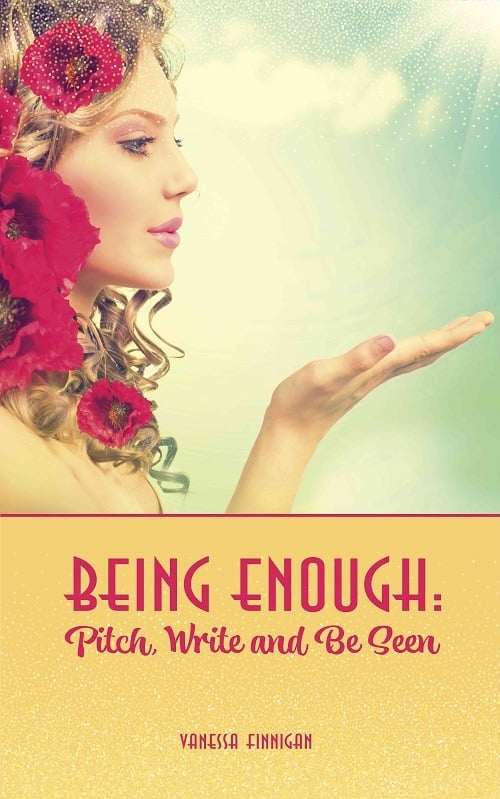The Therapeutic Power of Art: Relaxing the Mind and Body
Art has been an integral part of human expression and culture for centuries. Beyond its aesthetic appeal, art possesses a remarkable capacity to heal and rejuvenate the mind and body. In recent years, the field of psychology has explored the therapeutic benefits of engaging with art, revealing how it facilitates relaxation and shifts the mind into a state of tranquillity and receptivity, often referred to as “relax and store” mode. This article delves into the profound effects of art on relaxation and the scientific evidence supporting its role in initiating the relaxation response.
Art as a Therapeutic Tool
Art therapy involves the use of various artistic mediums, such as drawing, painting, sculpting, and even music, as a means of expressing emotions, thoughts, and experiences in a creative and non-verbal manner. This form of therapy encourages individuals to explore their subconscious and communicate what might be challenging to put into words. The act of creating art can be deeply therapeutic, fostering self-awareness, emotional healing, and personal growth.
Initiating the Relaxation Response
When engaged in artistic expression, individuals often enter a state of relaxation and heightened focus. This mental state, akin to meditation, is often referred to as the “relax and store” mode, allowing the mind to unwind and access deeper layers of consciousness. During this process, the brain undergoes physiological changes that contribute to a sense of calm and well-being.
Understanding the Relaxation Response
The relaxation response is a term coined by Dr. Herbert Benson, a pioneer in mind-body medicine. It is the opposite of the “fight-or-flight” response, characterized by a reduction in heart rate, blood pressure, muscle tension, and an overall sense of relaxation. When in this state, the body releases neurotransmitters such as endorphins and dopamine, which are associated with feelings of pleasure and reduced stress.
The Impact of Art on the Brain and Body
Research has shown that engaging in artistic activities triggers a release of dopamine, the brain’s “feel-good” neurotransmitter. This release helps reduce stress and anxiety levels, promoting a sense of relaxation and well-being. Additionally, creating art activates the brain’s reward centre, stimulating positive emotions and reinforcing a sense of accomplishment and satisfaction.
Artistic expression also activates the parasympathetic nervous system, responsible for calming the body after stress or arousal. This activation results in decreased heart rate, blood pressure, and muscle tension—essentially inducing the relaxation response.
Neuro-scientific Evidence
Neuroscientific studies provide further insight into the effects of art on the brain. Functional magnetic resonance imaging (fMRI) studies have demonstrated that engaging with art activates the brain’s reward pathways, releasing dopamine and enhancing feelings of pleasure and contentment.
Moreover, researchers have observed increased connectivity and activity in brain regions associated with introspection, self-reflection, and emotional regulation during artistic endeavours. These regions, such as the default mode network (DMN), are crucial for mental relaxation and self-awareness.
Art as a Gateway to Inner Peace
Art offers a pathway to quiet the noise of daily life, allowing individuals to escape into their creative realms and embrace a tranquil state of being. As the mind immerses itself in the artistic process, the body responds by releasing stress, promoting a sense of relaxation, and encouraging the “relax and store” mode.
Embracing art as a therapeutic tool not only enhances mental and emotional well-being but also nurtures creativity and resilience. Through the act of creating art, individuals can find solace, tap into their inner resources, and cultivate a peaceful sanctuary within themselves.
In conclusion, integrating art into one’s life can be a powerful and accessible way to initiate the relaxation response. By harnessing the therapeutic potential of artistic expression, individuals can enhance their mental and physical well-being, finding comfort and serenity amid the demands of modern life. Art truly possesses the ability to soothe the mind, providing a sanctuary of peace and creativity for all who embrace its transformative power.
Neuroscience has shown us that when the brain enters the rest and restore mode, it initiates a cascade of physiological processes, enabling cells throughout the body to undergo repair and rejuvenation. This rejuvenation plays a crucial role in healing, enhancing overall well-being and promoting optimal functioning of the mind and body.
This Month’s Creative Art Therapy Exercise: Guided Artistic Meditation
Embarking on a creative journey can be a wonderful way to put the brain into a rest and restore mode. This guided artistic meditation activity combines art, mindfulness, and relaxation to promote a sense of calm and rejuvenation. Here are step-by-step instructions to guide you through this therapeutic process:
Materials Needed:
Art Supplies:
Drawing paper or canvas
Pencils, coloured pencils, or markers
Paints (watercolours or acrylics) and brushes
Comfortable Space:
Find a quiet, comfortable space where you won’t be disturbed. Ensure proper lighting and a relaxed atmosphere.
Optional:
Soft background music (instrumental or nature sounds) for added ambiance.
Steps:
Prepare Your Space:
Arrange your art supplies neatly and comfortably within reach. Set up your workspace, ensuring ample space to create freely.
Relaxation Warm-Up:
Start with a few minutes of deep breathing and gentle stretching. Inhale deeply through your nose, hold for a moment, and exhale slowly through your mouth. Repeat this process to calm your mind and body.
Set an Intention:
Reflect on what you seek to achieve through this creative journey. It could be relaxation, self-expression, or simply a moment of peace. Set a positive intention for your art session.
Free-Form Doodling:
Begin with free form doodling or drawing on the paper or canvas. Allow your hand to move intuitively, without any specific goal or structure. Let the lines and shapes flow naturally. Move away from thinking about any desired outcomes for your art work.
Mindful Colouring:
Once you’ve doodled, select a few colours that resonate with you. Begin filling in the shapes or areas you’ve drawn with your chosen colours. Focus on the sensory experience of colouring, feeling the textures and motions.
Painting the Emotions:
If you are using paints, transition into painting. Dip your brush into colours that symbolize your current emotions or the ones you wish to cultivate. Allow the brushstrokes to mirror your feelings.
Expressive Imagination:
As you paint or colour, let your imagination take flight. Visualize a tranquil scene or a peaceful place. Paint or colour what this mental image looks like to you, incorporating soothing elements.
Reflection and Gratitude:
Take a moment to reflect on your creation. Notice how you feel and what emotions the process has brought forth. Express gratitude for this moment of creativity and relaxation.
Closing and Grounding:
Close your artistic meditation by placing your hands on your heart and taking a few more deep breaths. Feel your connection to the artwork and the peace it has brought you.
Appreciate Your Creation:
Cherish your artwork as a representation of your tranquil state. Display it in a place where you can revisit and remember the sense of peace it brought you.
This guided artistic meditation offers a serene way to put the brain into a rest and restore mode, allowing you to unwind, tap into your creativity, and emerge feeling refreshed and rejuvenated. Enjoy the soothing journey of self-expression and mindfulness through art.
With love
Isabelle
Become a qualified Holistic Art Therapist! If you would like a career that combines personal growth, personal freedom, creative expression, financial stability, and the chance to make a positive impact in the world, by helping others live happier and healthier lives the Mind Body Education, Master Practitioner of Holistic Art Therapy training program is for you.
The industry accredited training course can be completed on-campus at Queensland’s Sunshine Coast or Online anywhere in Australia. Enrol now and commence in January 2024.
Online program: https://mindbodyeducation.info/master-practitioner-of-holistic-art-therapy-online
Sunshine Coast on-campus program: https://mindbodyeducation.info/master-practitioner-of-holistic-art-therapy-on-campus
Find out more about our internationally industry accredited and award-winning programs at: https://mindbodyeducation.info/
Tell us Holistic Bliss referred you when you enrol and receive your full year of art supplies required to complete your course (valued at approx. $300) FREE as our gift to you.










Add comment